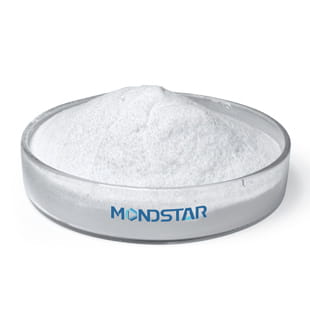Gelatin is a protein product extracted from animal bones, skin, and connective tissue. It is a natural colloidal substance mainly produced by thermal hydrolysis of collagen. Gelatin is an odorless, tasteless solid that is colorless or slightly yellow. The density of gelatin is about 1.3-1.4 g/cm3. Gelatin comes in solid form as powder, flakes, or blocks. Gelatin is derived from different raw materials, which leads to different gelatin types including fish gelatin, gelatin sheets, porcine gelatin, beef gelatin, and bovine gelatin. In terms of applications, gelatin is most commonly used in foods, pharmaceuticals, and other industries. Fish skin gelatin has advantages such as good transparency, water solubility, and melting characteristics. Porcine gelatin has excellent gelling properties and stability. Bovine gelatin has strong gelling abilities and viscosity. Bone gelatin has a high viscosity and a relatively low price. The unique properties of each gelatin type make them suitable for different applications across a wide range of fields including confectionery, dairy products, capsules, and photographic films.




